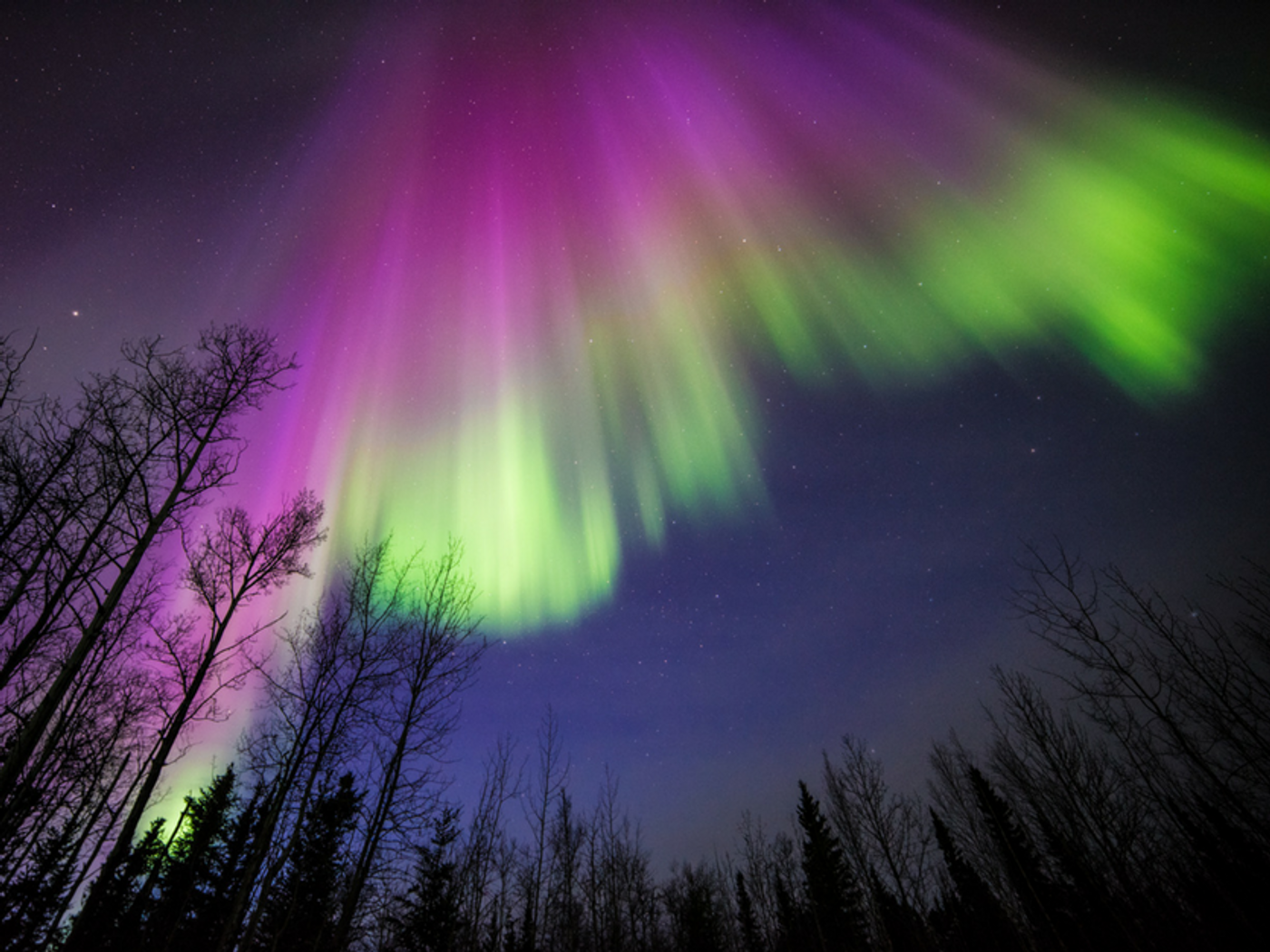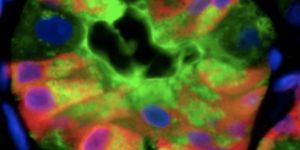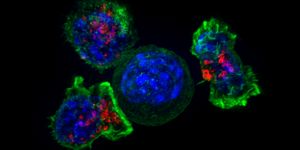Pulsating Aurora: Exciting Parti(cl)es at the Upper Atmosphere
Unlike their stationary counterpart, a pulsating aurora is continuously blinking, and sometimes it lights up the night sky like a party scene. And thanks to a Japanese satellite that measures plasma and electrons very precisely, scientists have discovered the mechanism underpinning this unique light show.
It is known that all auroras are caused by charged particles (typically electrons) crashing down into Earth’s atmosphere in high speed and bombarding air molecules in the upper atmosphere. However, between pulsating auroras and active auroras the source of these electrons is different.
Active auroras happen when a dense wave of solar wind—a blast of charged plasma, hits Earth’s magnetic field, causing it to rattle. This rattling releases electrons from the plasma, whose interaction with atmospheric atoms to create glowing lights that stretch across the sky in long ropes.
The electrons that cause pulsating auroras are believed to come in complex wave motions in the magnetosphere that can happen at any time, not just when a wave of solar material rattles the magnetic field. Rather than shimmer as a curtain of light, pulsating auroras glow and fade over tens of seconds. Although sometimes more intense than active auroras, most of pulsating auroras tend to be intermittent and faint.
With their Exploration of energization and Radiation in Geospace (ERG) satellite, planetary researchers from Japan measured waves in the plasma in the magnetosphere (the effective region of an astronomical object’ magnetic field), as well as the energy level of electrons.
The plasma and particles in a pulsating aurora event they tracked were also observed with an all-sky camera on Earth, at the location of The Pas, Manitoba. The Japanese researchers obtained the data from Canadian Space Agency and compared with their data from space.
According to their analysis, when chorus waves (just consider them as clumps of plasma waves) in the magnetosphere scatter their electrons intermittently, the energy level of the electrons is so high that when they can interact with particles, they emit a large number of photons, resulting in pulsating auroras.
Scientists suggested that the pulsating auroras could also happen on other planets of the solar system, such as Jupiter and Saturn, where chorus waves have been observed.
The findings were published in the journal Nature this February.
How We Solved the Mystery of Pulsating Auroras. Credit: SciShow Space
Source: CBC









